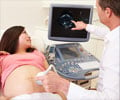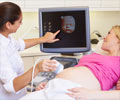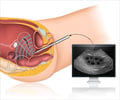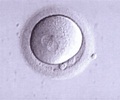Local anesthetics may be given with other medicines that make you relaxed or sleepy (sedatives). These other medicines are often given by IV.

‘When used properly, local anesthetics are safe and have few major side effects. But in high doses, local anesthetics can have toxic effects.’





The novel system uses ultrasound to trigger the release of nerve-blocking agents -- injected into specific sites of the body ahead of time -- when and where pain relief is needed most. A paper describing the findings was published online today in Nature Biomedical Engineering. "Opioid abuse is a growing problem in healthcare," says the paper's senior author, Daniel Kohane, MD, PhD, a senior associate in critical care medicine at Boston Children's and professor of anesthesiology at Harvard Medical School. "In the future, this system could potentially combat that by giving patients access to non-opioid, effective nerve-blocking drugs."
"One of the most interesting aspects about this system is that the degree of nerve block can be controlled just by adjusting the duration and intensity of the ultrasound," says the paper's co-first author, Alina Rwei, a graduate researcher in Kohane's lab.
Ultrasound is commercially available and widely used in various clinical and therapeutic settings, making it an attractive technology to use as a drug "trigger."
"We envision that patients could get an injection at the hospital and then bring home a small, portable ultrasound device for triggering the nerve-blocking agent," Rwei says. "This could allow patients to manage their pain relief at-will, non-invasively."
Advertisement
To create the ultrasound-triggered pain relief system, Kohane's team developed liposomes -- artificial sacs that are micrometers in size -- and filled them with a nerve-blocking drug. The walls of the liposomes contain small molecules called sono-sensitizers, which are sensitive to ultrasound.
Advertisement
The small sono-sensitizer molecules that the team built into the liposomes are the active component of an already-FDA-approved drug that is currently used in photodynamic therapy. Right now, the pain treatment system developed by Kohane's team can be activated by ultrasound up to three days after injection of liposomes, making it well-positioned for future translation as a post-operative pain management strategy.
"Out of all the particle delivery systems, I think liposomes are one of the most clinically-acceptable and customizable options out there," Rwei says. "Our research indicates that liposomes can be tailored to respond to near-infrared light, ultrasound and even magnetic triggers."
Source-Eurekalert













